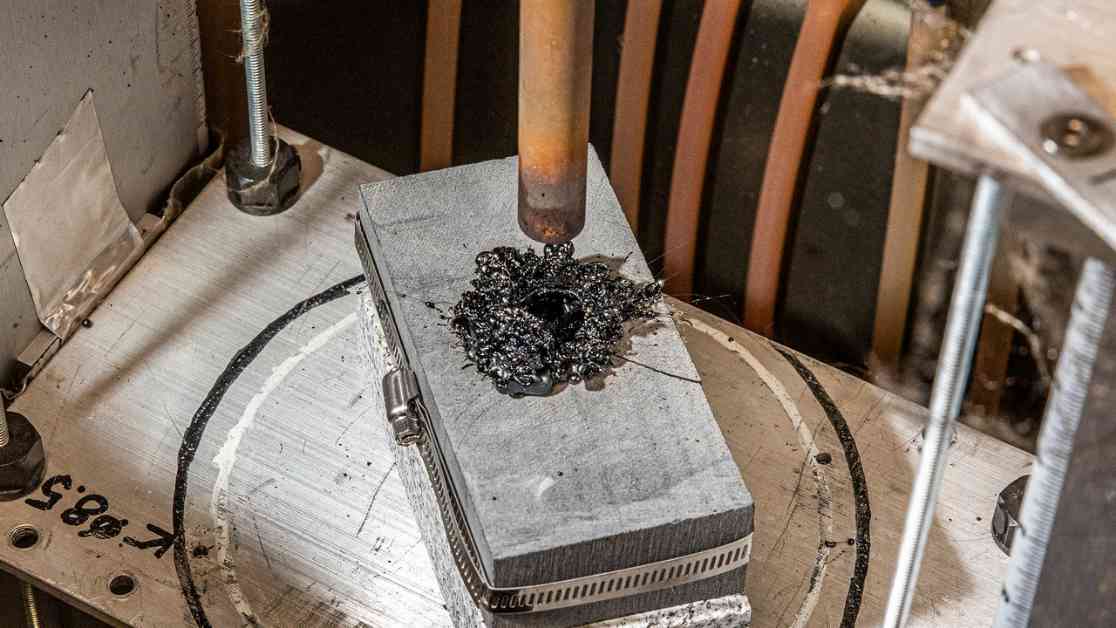On a sunny spring morning in North Milford Valley, the potential of geothermal energy becomes vividly apparent. Amidst dormant volcanoes, underground lava deposits, and remnants of obsidian, the idea of tapping into the Earth’s abundant heat sources takes center stage. In this remote region in western Utah, a scientist named Joseph Moore is leading a groundbreaking project to unlock the power of geothermal energy.
Drilling into the Earth’s Potential
Joseph Moore, a geologist at the University of Utah and the brains behind the Frontier Observatory for Research in Geothermal Energy (FORGE), has set out on a mission to create a roadmap for harnessing geothermal reservoirs globally. The process involves drilling miles into hot rock formations to create artificial underground reservoirs for producing steam, spinning turbines, and generating electricity. The challenge lies in the complexities of drilling through deep, scorching rock safely and efficiently.
During a visit to the experimental project site, the team is hard at work drilling the fifth borehole. Towering over the landscape, the drill rig equipped with a diamond bit cuts deep into the Earth. The meticulous process involves driving a five-thousand-foot hole vertically before extending horizontally for another five thousand feet. The team faces setbacks, like running out of heat-resistant cement and facing delays in securing supplies, highlighting the intricate nature of geothermal drilling.
As the drilling progresses, the potential of geothermal energy shines through. While currently accounting for less than one percent of global energy needs, geothermal power presents a promising solution to the climate crisis. The appeal lies in its carbon-free nature, widespread availability, and consistent energy output, distinguishing it from intermittent renewable sources like solar and wind.
Pioneering a Sustainable Future
The journey of geothermal energy dates back to pioneering efforts in the late 19th and early 20th centuries, with the construction of the world’s first geothermal district heating system and power plant. Despite early setbacks and challenges faced by industrial-scale geothermal plants, advancements in drilling technologies, inspired by innovations in fracking, have sparked a resurgence in the geothermal sector.
The shift towards enhanced geothermal systems (E.G.S.), which involve creating steam by circulating water through underground wells, marks a new era in geothermal energy production. Moore’s team at FORGE is at the forefront of pioneering these next-generation systems, aiming to establish commercial-scale geothermal power plants that can provide clean, baseload energy to communities.
Companies like Fervo and Eavor Technologies are spearheading commercial geothermal projects, aiming to deliver round-the-clock power to utilities and data centers. The incorporation of geothermal energy into critical infrastructure signals a shift towards sustainable energy solutions that can meet growing energy demands while reducing carbon emissions.
As the geothermal industry continues to evolve, the debate around deep geothermal technologies intensifies. Concepts like deep geothermal drilling, reaching depths of six to twelve miles, present both immense potential and technical challenges. Companies like Quaise and GA Drilling are pushing the boundaries of traditional drilling methods by harnessing plasma technology to access deeper, hotter rock formations.
In a world grappling with the effects of climate change, the promise of geothermal energy as a clean, reliable power source shines brightly. From the rocky terrain of North Milford Valley to the bustling streets of Houston, the quest to unlock the Earth’s hidden energy resources drives innovation and collaboration across the geothermal industry. As the push for sustainable energy solutions gains momentum, geothermal energy stands out as a beacon of hope in the fight against climate change.












